Understanding the Fundamentals of Dog Training in Irvine
Dog training serves as the foundation for a well-behaved pet and plays a vital role in enhancing the human-animal bond. For the residents of Dog Training Irvine, it is essential to comprehend the various techniques, methodologies, and options available to ensure their canine companions become the best versions of themselves. Whether you’re a first-time dog owner or an experienced handler, understanding the fundamentals will empower you to provide effective training as well as cultivate a lasting relationship with your furry friend.
Common Training Methods Explained
The landscape of dog training encompasses several methods, each with unique philosophies and techniques. Understanding these can help you select the right approach for your dog’s needs:
- Positive Reinforcement: This method focuses on rewarding desirable behavior. Treats, praise, or playtime are used to reinforce good behavior, encouraging dogs to repeat them.
- Clicker Training: A form of positive reinforcement, this method utilizes a distinct sound (from a clicker) to signal to the dog that they’ve performed a desired action, followed by a reward.
- Obedience Training: This encompasses teaching basic commands such as sit, stay, and come, providing your dog with essential skills for everyday life. It lays the groundwork for advanced training.
- Behavior Modification: Used primarily to redirect unwanted behaviors, this method often involves identifying the triggers of negative actions (e.g., barking, aggression) and applying consistent responses to alter those behaviors.
Choosing the Right Trainer in Irvine
Finding the right dog trainer is crucial for the success of your dog’s education. In Irvine, where various training facilities operate, consider these factors when making your choice:
- Credentials: Look for trainers who are certified and have credible experience in training dogs. Credentials can include membership in organizations like the Association of Professional Dog Trainers (APDT).
- Training Philosophy: Ensure the trainer’s methods align with your own values regarding animal treatment. Positive reinforcement is widely recommended and recognized for fostering a trusting relationship between dogs and their owners.
- Reviews and Recommendations: Explore online reviews and ask fellow dog owners for recommendations. Platforms like Yelp provide insights into experiences others have had with various trainers in the area.
The Importance of Socialization for Dogs
Socialization is a critical aspect of dog training, particularly for young dogs. It involves exposing your dog to a variety of environments, people, and other animals to help them develop into well-adjusted pets. A lack of socialization can lead to fear, aggression, and behavioral problems. Key points to remember include:
- Early Exposure: The first few months of a puppy’s life are crucial for socialization. Enrolling in puppy classes where they can interact with other dogs is highly beneficial.
- Positive Experiences: Ensure that all interactions are positive. Reward your dog for calm behavior around new people and situations.
- Consistency: Regular socialization opportunities throughout your dog’s life will help maintain their comfort and confidence.
Positive Reinforcement Techniques for Dog Training
Positive reinforcement is a powerful tool in shaping a dog’s behavior. This approach not only encourages the desired actions but also strengthens the bond between you and your pet. Let’s explore how to implement these techniques effectively.
How to Implement Positive Reinforcement
To effectively use positive reinforcement in your dog training efforts:
- Identify Desirable Behaviors: Determine which behaviors you want to reinforce, such as sitting on command, coming when called, or walking calmly on a leash.
- Use the Right Timing: Swiftly reward positive behavior to ensure your dog associates the action with the reward, improving learning outcomes.
- Vary the Rewards: Keep your dog motivated by varying the types of rewards used, including treats, playtime, or verbal praise, to maintain their interest.
Examples of Effective Rewards
Choosing the right rewards is paramount. Here are some effective options:
- Treats: Small, tasty treats can be particularly effective, especially those your dog loves the most. Consider using soft treats that can be quickly eaten during training sessions.
- Playtime: Engaging your dog in their favorite game, like fetching a ball or tugging, can serve as a powerful reinforcement tool.
- Affection: Dogs thrive on attention and affection. Simple pets or a loving voice when they perform correctly can encourage them to repeat those behaviors.
Measuring Your Dog’s Progress
Tracking your dog’s learning and progress is crucial in assessing the effectiveness of your training. Here’s how:
- Keep a Training Journal: Document the behaviors you’re teaching, how your dog responds, and any challenges you encounter.
- Set Clear Goals: Define what success looks like for each behavior (e.g., sitting consistently on command or staying for a specific duration).
- Regular Assessments: Periodically evaluate your dog’s progress and adjust your training methods as needed.
Addressing Behavioral Issues with Dog Training Irvine
Behavioral problems can often pose significant challenges for dog owners. Understanding these issues and being equipped with the right strategies will help you address them effectively.
Identifying Common Problem Behaviors
Some of the more common behavioral problems faced by dog owners include:
- Excessive Barking: Dogs may bark excessively due to boredom, anxiety, or lack of social interaction.
- Aggression: Aggressive behavior can arise from fear, territorial instincts, or lack of socialization. It is crucial to address this early.
- Destructive Chewing: Dogs may chew on furniture or belongings out of boredom or anxiety.
Behavior Modification Strategies
Effectively addressing these behaviors often requires implementing specific strategies. Here are some recommendations:
- Consistent Training: Reinforcement of desired behaviors consistently across all family members prevents confusion for the dog.
- Provide Adequate Exercise: Regular physical activity can significantly reduce problem behaviors associated with energy excess, such as barking or chewing.
- Address Triggers: Identify any specific triggers that cause undesired behaviors and work on gradual desensitization to these situations.
When to Seek Professional Help
If you find yourself overwhelmed by behavioral issues or if they persist despite your best efforts, it may be time to consult a professional trainer or behaviorist. They can provide tailored strategies and assessments, particularly for severe issues like aggression.
Group Classes vs. Private Lessons: What to Choose?
Deciding between group classes and private lessons is a common dilemma for dog owners. Each option has its unique benefits and drawbacks.
Benefits of Group Training Sessions
Group training sessions offer several advantages:
- Socialization: They allow dogs to interact with other dogs and people, which is vital for social development.
- Cost-effective: Usually less expensive than private lessons, group classes can be a more budget-friendly option for many pet owners.
- Support: Owners often benefit from sharing experiences and learning from each other, receiving moral support in their training journeys.
Advantages of One-on-One Training
While group lessons have their perks, private training also presents unique benefits:
- Individual Attention: With a trainer’s full focus on your dog, personalized feedback on specific behaviors can lead to faster improvements.
- Customizable Lessons: The training can be tailored exactly to your dog’s needs, addressing specific issues or commands.
- Comfort for Shy or Anxious Dogs: Dogs that are reactive or anxious may feel more at ease in a quieter, one-on-one setting.
Evaluating Your Dog’s Needs for Optimal Training
To decide between group classes and private lessons, take into account your dog’s personality, learning style, and specific issues they may have. For instance, if your dog thrives in social settings, group classes may be ideal; conversely, if they exhibit anxiety or fear around other dogs, private training may be more appropriate.
Finding the Best Resources for Dog Training in Irvine
Once you’ve decided on your preferred training method, the next step is to find the best resources to utilize in your dog training endeavors.
Local Dog Training Facilities and Reviews
Irvine has various options for dog training facilities, each providing unique specialties:
- Manners for Mutts: Specializing in positive dog training, Manners for Mutts offers group classes tailored to various needs.
- Paw Sweet Paw: This facility presents a range of training packages, including one-on-one private sessions and group classes.
- Wags & Wiggles: Beyond training, Wags & Wiggles provide daycare and boarding services, ensuring a well-rounded experience for your dog.
Online Training Resources and Communities
In addition to local facilities, numerous online resources can provide further learning and support:
- Online Courses: Websites such as Udemy and Coursera offer various dog training courses designed by professionals.
- YouTube Channels: Channels focusing on dog training techniques can be a great visual aid for owners seeking to implement new strategies.
- Social Media Groups: Join Facebook groups or forums where dog owners share experiences and advice. These platforms can provide encouragement and additional tips.
Continuing Education for Dog Owners
Education shouldn’t stop once your dog completes a training program. Continuing your education as a dog owner is crucial for long-term success. Attend seminars, read books, and stay informed about the latest training methods and developments in canine behavior.
In conclusion, the world of dog training is vast and fulfilling. By understanding the fundamentals, employing positive reinforcement techniques, addressing behavioral issues, and choosing the right resources, you each have the power to train your dog successfully. This journey not only benefits your pet but fulfills your desire as a responsible and caring dog owner.
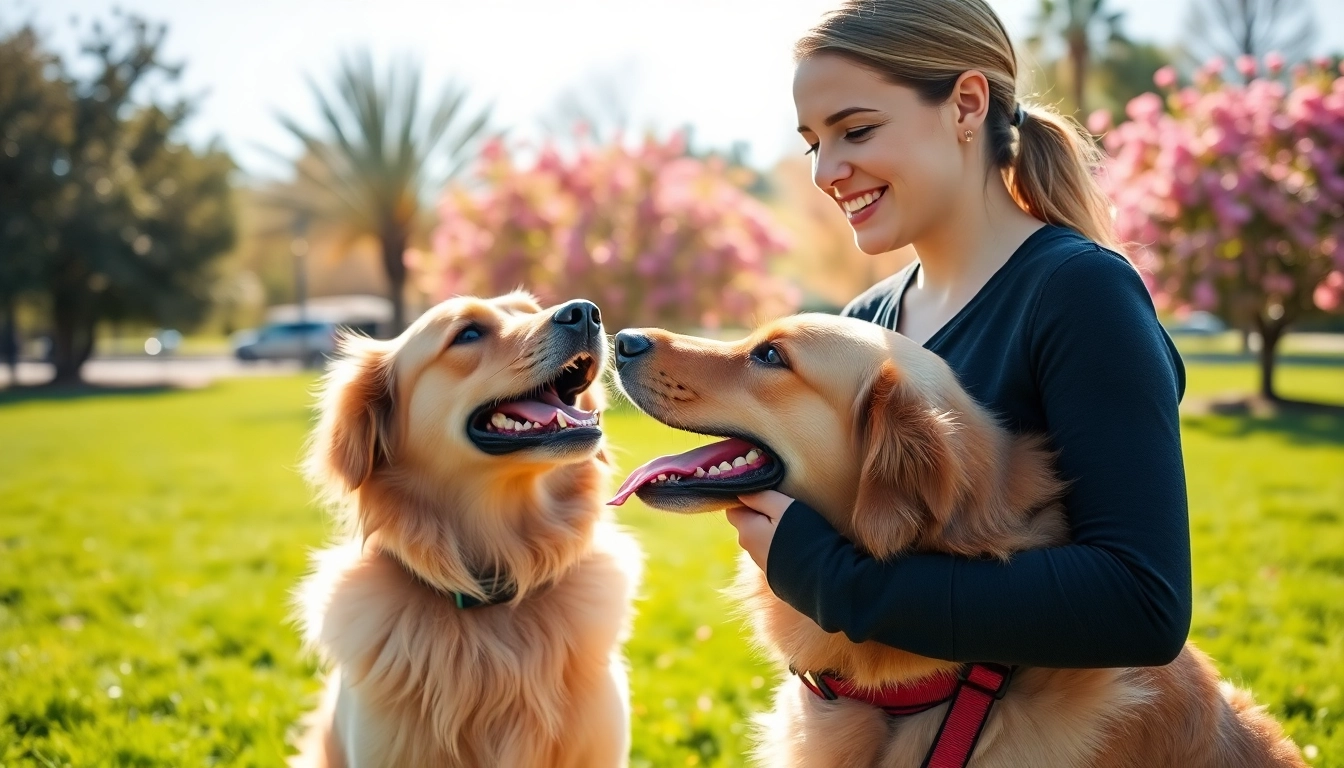
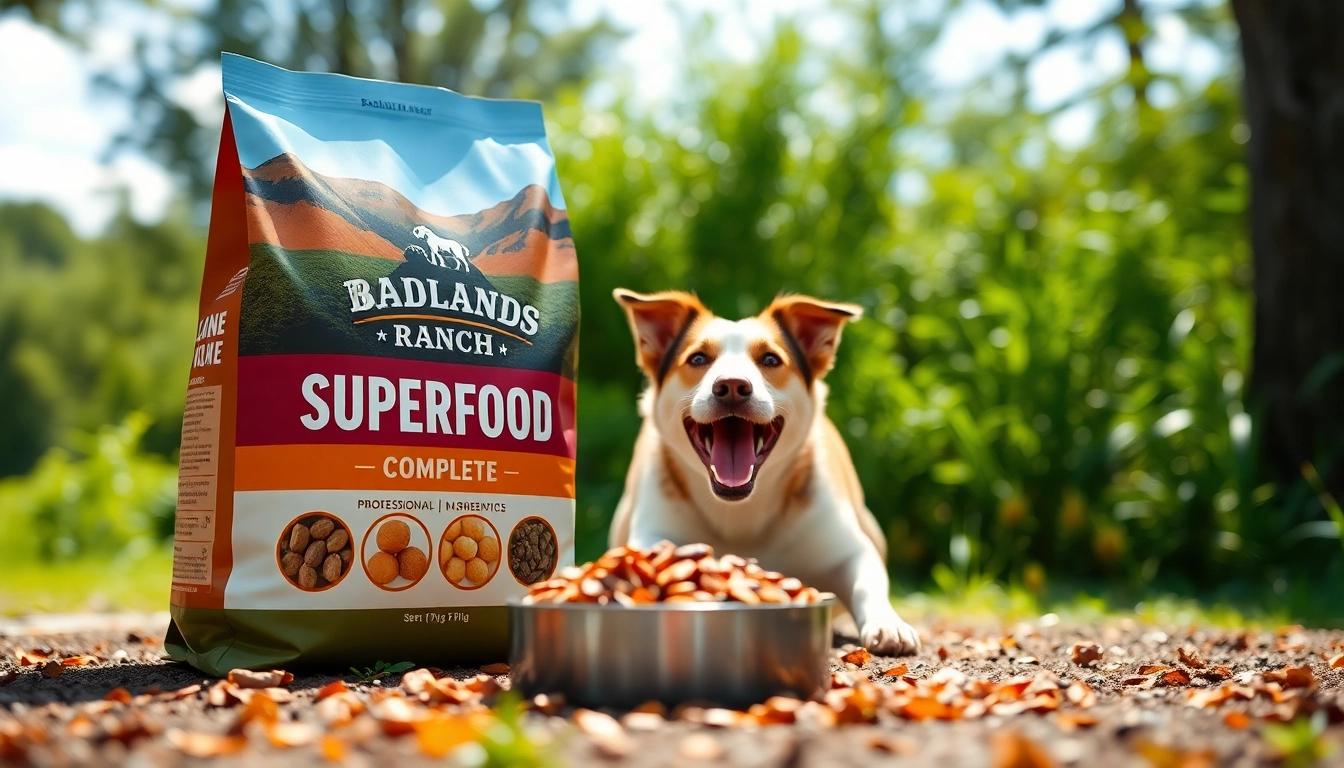
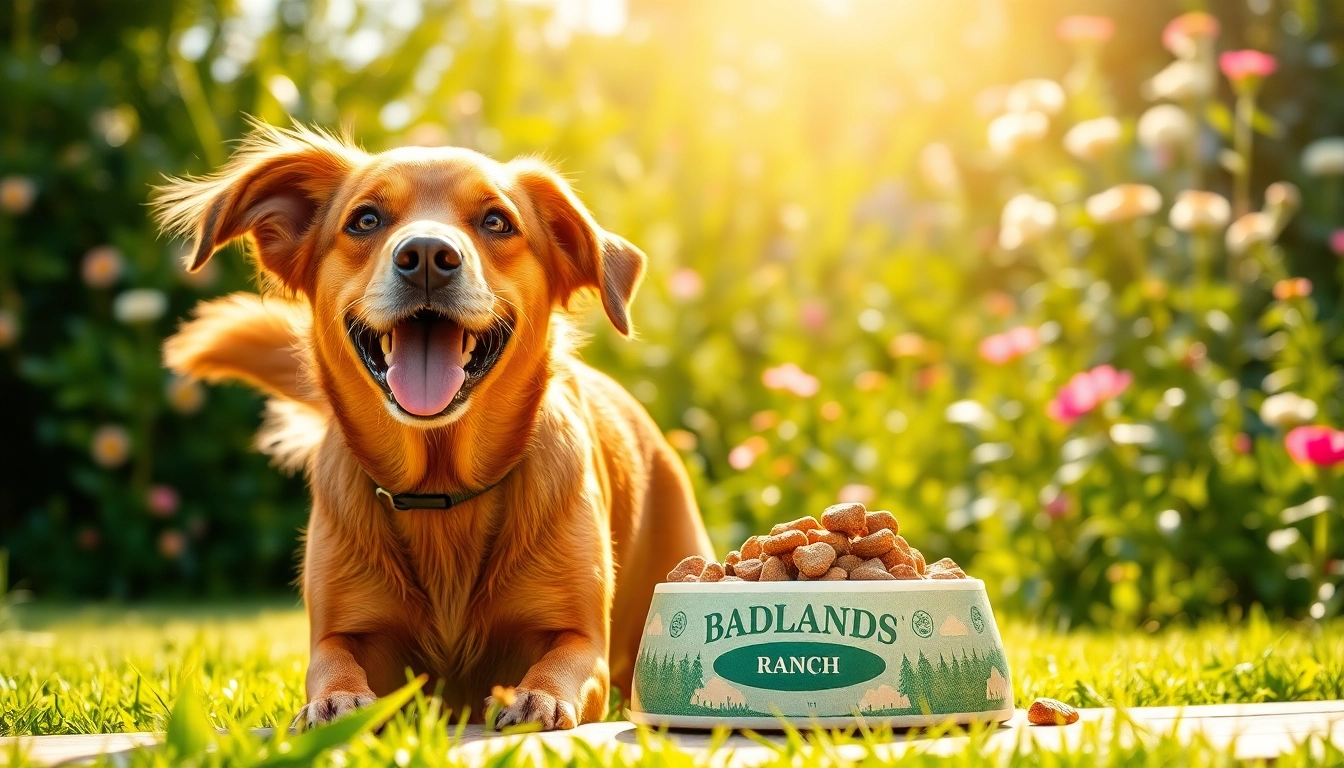
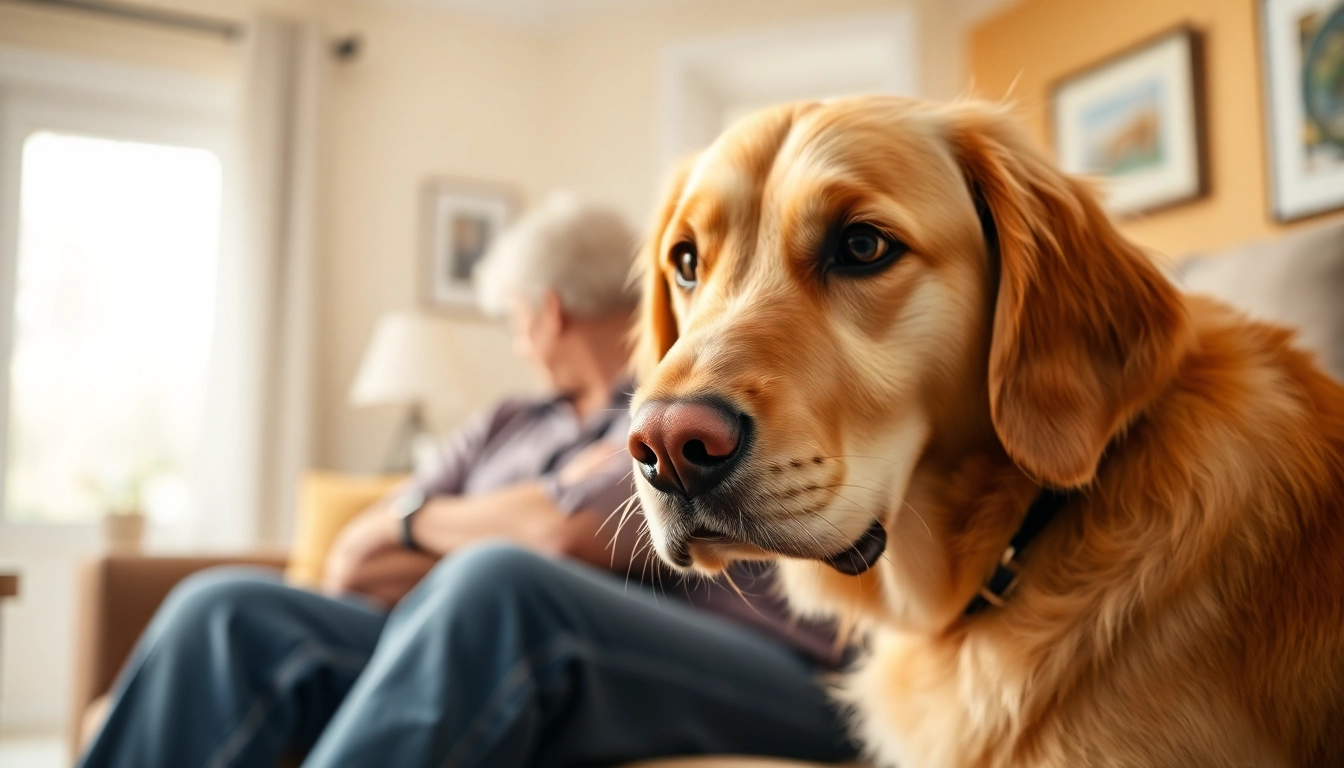
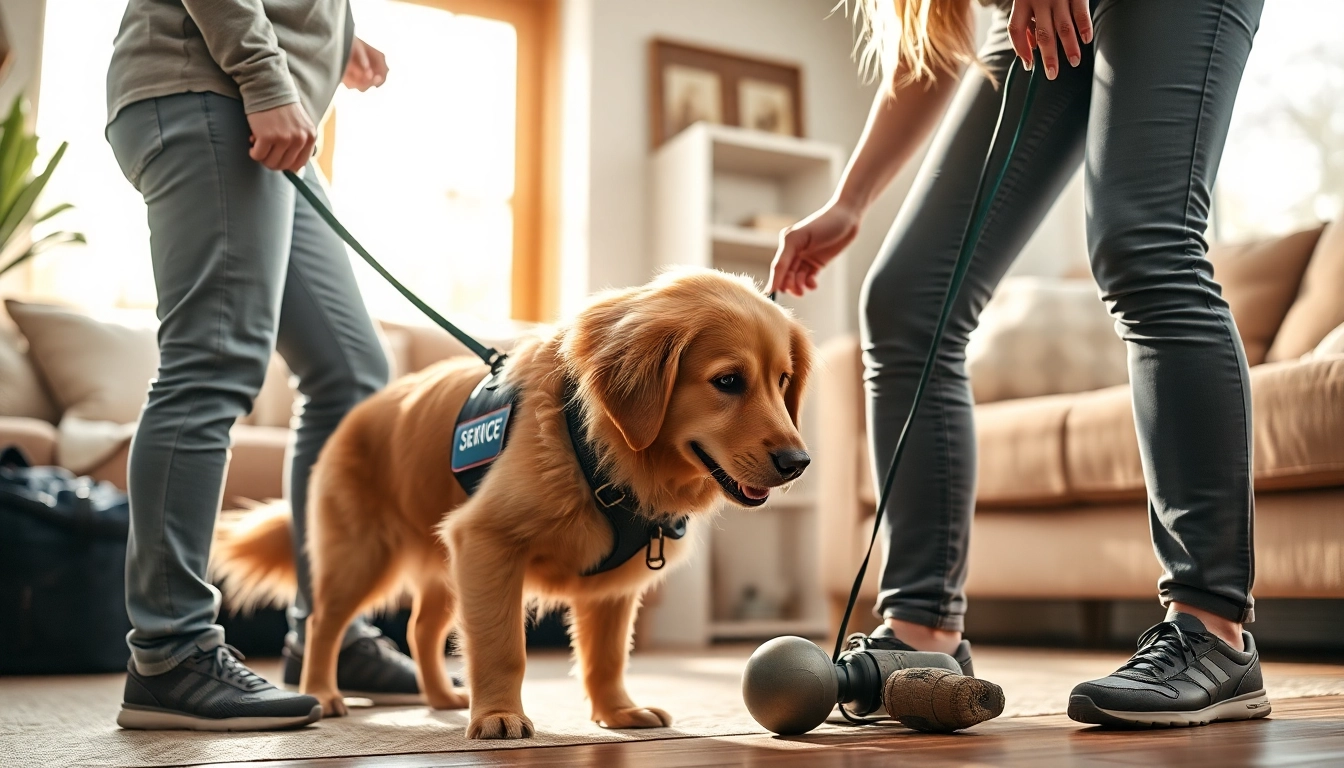

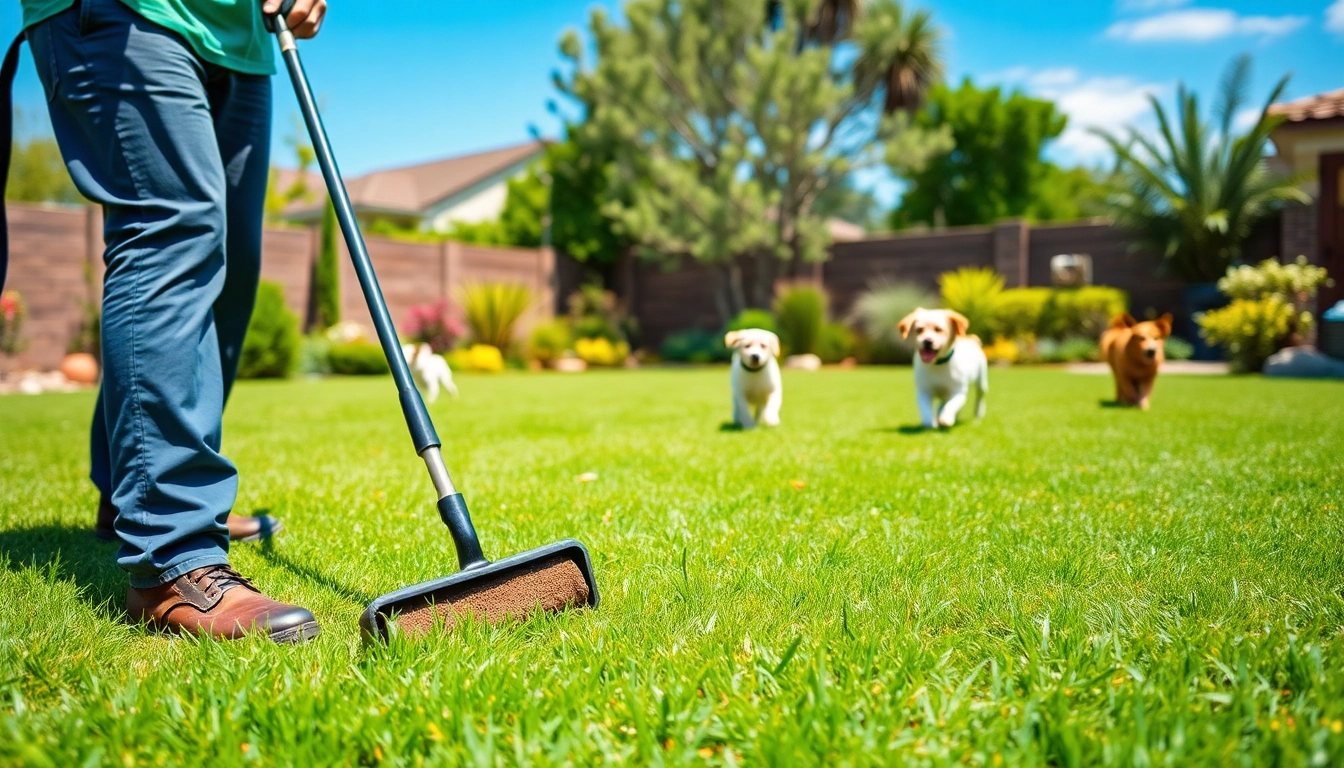
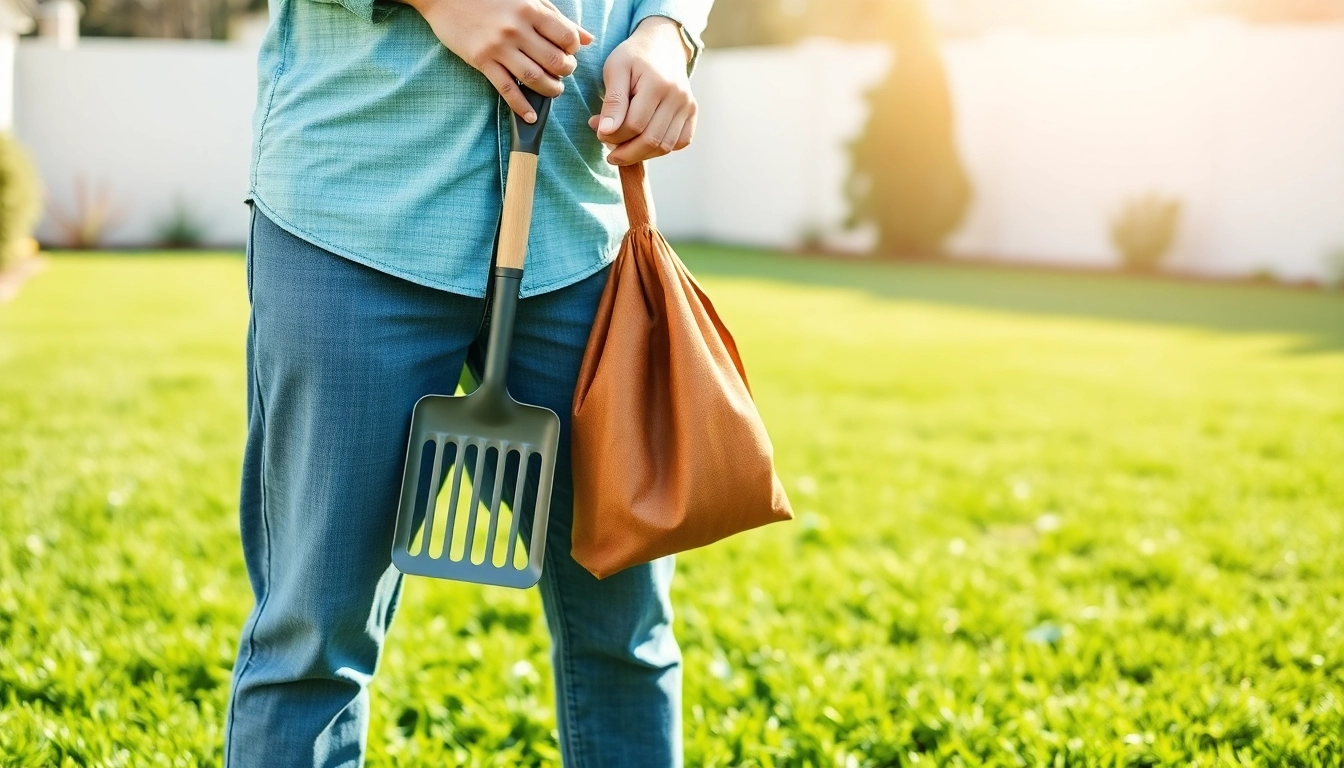







Leave a Reply